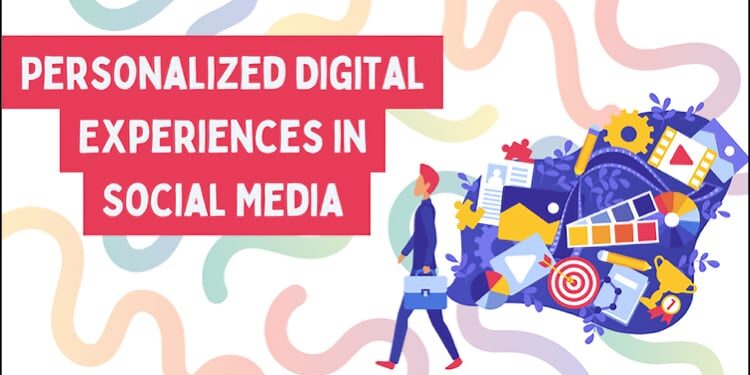Social media stands out in the crowded field of digital engagement because of its personalized digital experiences. Platforms like TikTok have morphed from simple networking sites into personalized content havens. They’re not just about connecting us anymore; they’re about curating a unique journey for each user, tapping into individual tastes to tailor the digital landscape we dive into every day.
This tailored approach is reshaping how we interact and consume content on social media. It’s a smart dance of algorithms and user behaviors, where each likes and shares fine-tunes the content we see.
Let’s take a closer look at how this personalization is more than a feature—it’s the heartbeat of the user experience, making every scroll and swipe a reflection of who we are.
The Mechanism Behind Personalization: The Algorithms Craft Your Digital World
At the heart of personalized experiences on social media lies a sophisticated array of algorithms acting as the invisible creators shaping our digital environments. These algorithms sift through a range of user interactions:
- Engagement with posts: More Views, likes, comments, and shares are the currency of interest, signaling what users want more of. Glance at this page to find the best service provider and enhance your engagement.
- Time spent on content: The duration one lingers over a post indicates interest levels, influencing future content in the feed.
- Activity patterns: When and how often users log in and interact with content helps in predicting the best times to show them new posts.
- Connection web: Who users follow and the networks they form guide the social context of the content served to them.
Each data point is a thread in the tapestry of user experience, woven together to present a feed that not only matches but also predicts user preferences.
The Impact of Content Personalization
The algorithms on social media platforms personalize the content based on our preferences and activities. It’s like having a digital butler that caters to our interests, creating a comfortable bubble of familiarity. While this can be comforting, it can also create an echo chamber where we only hear our own thoughts echo back to us.
While the customization can make for a seamless and enjoyable user experience, it does bring up some critical issues regarding the variety of content we encounter. The more personalized our feeds become, the narrower the window through which we view the world can become. It’s a delicate balance between creating a comfortable online space and ensuring that we’re also exposed to different ideas and perspectives that challenge and broaden our horizons. Especially since there are no limits to making a profit from platforms such as YouTube. You can earn your profit with the Views4You money calculator.
The Balance Between Personalization and Exposure
Creating effective personalized digital experiences is a delicate task for social media platforms. They must fine-tune their algorithms to deliver content that resonates personally without excluding the diverse range of voices that make the online world vibrant. It’s like tailoring a custom suit that appeals universally; the fit is unique, but the style is inclusive.
To achieve this balance, these platforms continually adjust their algorithms, aiming to provide a mostly familiar diet with a hint of novelty. This approach ensures our personal bubbles remain comfortable yet open, allowing a breath of fresh ideas and perspectives to circulate freely.
The Future of Personalization in Social Media
The future of personalized digital experiences on social media is being shaped by advancements in AI and machine learning. These technologies are not only improving the user experience but also transforming it, making it more intuitive and tailored to each person’s preferences and behaviors.
FAQ
What are personalized digital experiences in social media?
Personalized digital experiences refer to the way social media platforms use algorithms to tailor the content you see in your feed to match your individual tastes, interests, and online behavior. This means your social media experience is unique to you, filled with content that you’re more likely to enjoy and engage with.
How do social media platforms personalize content?
Platforms use a variety of data points to personalize content, such as:
- Your interactions with posts, like likes, comments, and shares.
- The amount of time you spend looking at different types of content.
- Your activity patterns, including login times and frequency of interaction.
- Your network of connections and who you follow.
What is the impact of personalization on information consumption?
While personalization can enhance the user experience by delivering content that aligns with your preferences, it can also create “echo chambers” where you’re mainly exposed to ideas and perspectives similar to your own. This can limit the diversity of content you encounter.
How do social media platforms balance personalization with exposure to diverse content?
Platforms are constantly adjusting their algorithms to ensure that while they provide personalized content, they also introduce users to a variety of perspectives.
Are there risks to the increased personalization of social media content?
Yes, increased personalization can lead to challenges, such as the potential narrowing of information diversity and concerns about how user data is managed and protected.




